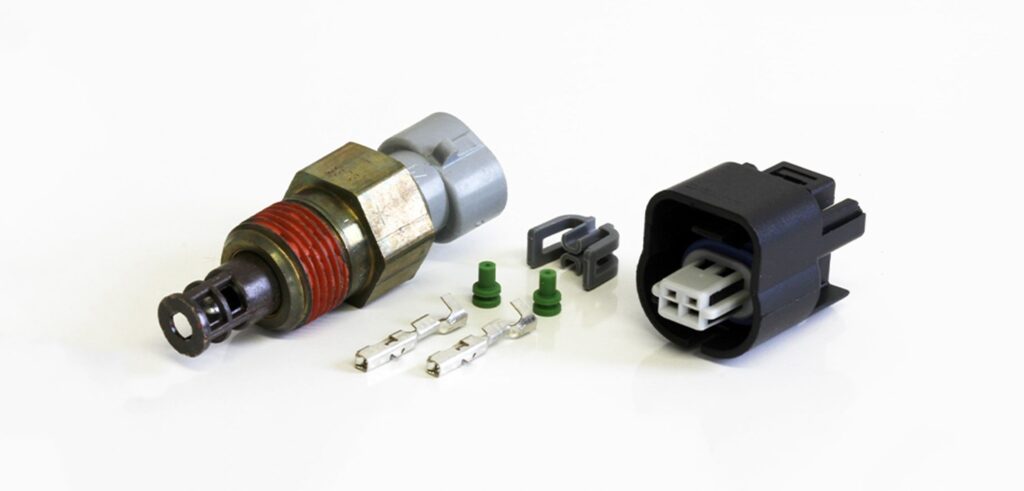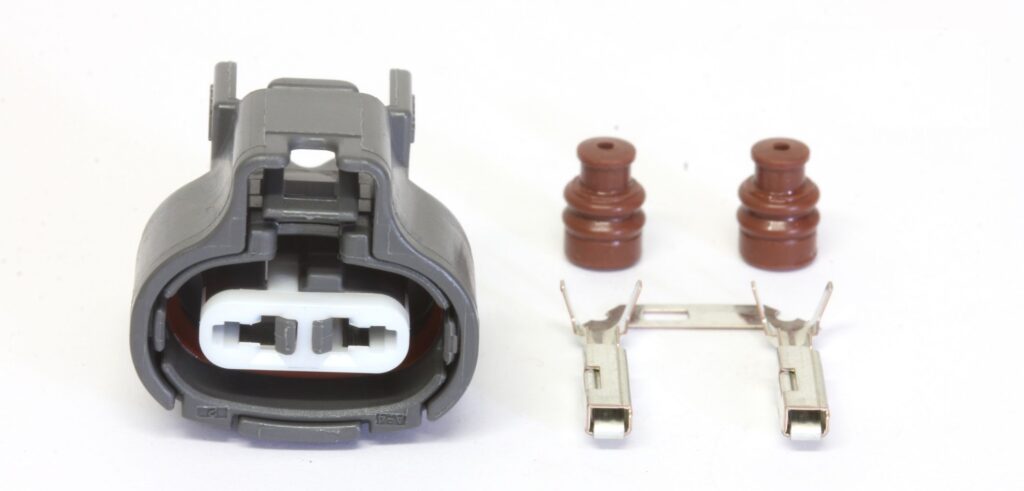The 2JZ-GTE engine, renowned for its performance and reliability, holds a special place in the hearts of car enthusiasts. As a key component of many high-performance vehicles, maintaining its optimal functionality is paramount. Among its many sensors, the Intake Air Temperature sensor (IAT) plays a crucial role in ensuring the engine runs efficiently.
The IAT sensor measures the temperature of the air entering the engine, providing vital data to the engine control unit (ECU). This information helps the ECU adjust the air-fuel mixture, ensuring optimal combustion and performance. In this article, we will delve into the importance of the IAT sensor, how to diagnose potential issues, and the steps to troubleshoot and repair this essential component. By understanding and maintaining the IAT sensor, you can keep your 2JZ-GTE engine running at peak performance.
Understanding the IAT Sensor
Function: The IAT sensor’s primary function is to monitor the temperature of the air entering the engine. This data is crucial because the density of air varies with temperature, which in turn affects the air-fuel mixture. Cold air is denser and requires more fuel, while warm air is less dense and requires less fuel. By accurately measuring the air temperature, the IAT sensor helps the ECU optimize the fuel injection, ensuring efficient combustion and performance.
Location: In the 2JZ-GTE engine, the IAT sensor is typically located in the intake manifold or the air filter housing. Its precise placement allows it to measure the temperature of the air just before it enters the engine cylinders.
Importance: An accurately functioning IAT sensor is vital for maintaining the engine’s performance and efficiency. Incorrect air temperature readings can lead to poor fuel economy, increased emissions, and even potential engine damage over time. Therefore, ensuring the IAT sensor is in good working condition is essential for any car enthusiast or owner of a vehicle equipped with the 2JZ-GTE engine.
Common Symptoms of a Faulty IAT Sensor
Erratic Engine Performance: One of the most common signs of a malfunctioning IAT sensor is erratic engine performance. This can manifest as hesitation during acceleration, stalling, or rough idling. The engine may struggle to maintain a consistent performance level because the ECU is receiving inaccurate temperature data, leading to improper air-fuel mixture adjustments.
Check Engine Light: A faulty IAT sensor can trigger the check engine light (MIL) on your dashboard. Modern vehicles, including those equipped with the 2JZ-GTE engine, rely heavily on sensor data for diagnostics. When the ECU detects an anomaly in the IAT sensor readings, it will illuminate the check engine light and store a diagnostic trouble code (DTC), such as P0110, related to the IAT sensor.
Poor Fuel Economy: Another symptom of a failing IAT sensor is a noticeable drop in fuel economy. Since the sensor’s data is crucial for determining the correct air-fuel mixture, inaccurate readings can lead to the engine running too rich (too much fuel) or too lean (too little fuel). Both conditions can reduce fuel efficiency and increase emissions.
Diagnostic Procedures for the IAT Sensor
Pre-checks and Initial Steps:
- Visual Inspection: Begin by visually inspecting the IAT sensor and its wiring. Look for any signs of physical damage, corrosion, or disconnection. Ensure that the sensor is securely connected and that there are no obvious issues with the wiring harness.
- OBD II Scanner Use: Connect an OBD II scanner to the vehicle’s diagnostic port to read any stored DTCs. If the check engine light is on, the scanner will display codes such as P0110, indicating a problem with the IAT sensor. Record any relevant codes before proceeding with further diagnostics.
Detailed Diagnostic Steps:
- Resistance Testing:
- Preparation: Turn off the engine and disconnect the IAT sensor from its wiring harness.
- Procedure: Using a multimeter, measure the resistance across the sensor’s terminals. Refer to the vehicle’s service manual for the specific resistance values at different temperatures.
- Analysis: Compare the measured resistance with the expected values. Significant deviations indicate that the sensor is faulty and needs replacement.
- Voltage Testing:
- Preparation: Reconnect the IAT sensor and turn on the ignition (engine off).
- Procedure: Measure the voltage output from the sensor while the engine is idling. The voltage should change according to the air temperature.
- Analysis: Ensure the voltage readings fall within the specified range in the service manual. Anomalies in the voltage indicate a malfunctioning sensor.
Troubleshooting and Repair Tips
Cleaning the Sensor: Over time, the IAT sensor can accumulate dirt and debris, affecting its accuracy. To clean the sensor:
- Preparation: Disconnect the sensor from the wiring harness.
- Procedure: Use a sensor-safe cleaner to gently clean the sensor element. Avoid harsh chemicals or abrasive tools that could damage the sensor.
- Reinstallation: Once cleaned, allow the sensor to dry completely before reconnecting it.
Replacing the Sensor: If cleaning does not resolve the issue, the sensor may need to be replaced.
- Selection: Choose a high-quality replacement sensor that is compatible with the 2JZ-GTE engine.
- Procedure: Disconnect the faulty sensor and install the new one, ensuring a secure connection.
Post-repair Checks: After replacing the sensor, conduct a final diagnostic using the OBD II scanner to ensure the new sensor is functioning correctly and that no error codes are present.
Conclusion
Maintaining the IAT sensor is crucial for the optimal performance of the 2JZ-GTE engine. By understanding its function, recognizing symptoms of failure, and following proper diagnostic and repair procedures, you can ensure your engine runs efficiently.
Regularly check and maintain your IAT sensor to avoid performance issues. If you experience any symptoms of a faulty sensor, conduct the necessary diagnostics and repairs promptly. For more complex issues, seek professional help to ensure your engine remains in top condition.
For further reading and advanced diagnostics, refer to the 1997 Service Manual for the 2JZ-GTE engine and other specialized automotive repair guides.
Frequently Asked Questions (FAQ)
What are the signs of a failing IAT sensor?
Common signs include erratic engine performance, the check engine light illuminating, and poor fuel economy.
Can I drive with a faulty IAT sensor?
While it is possible to drive with a faulty IAT sensor, it is not recommended as it can lead to poor engine performance and increased fuel consumption.
How often should I check the IAT sensor?
It is advisable to check the IAT sensor during regular maintenance intervals or if you notice any symptoms of a malfunction.
What tools do I need to diagnose the IAT sensor?
You will need a multimeter for resistance and voltage testing, and an OBD II scanner to read diagnostic trouble codes.
Is it expensive to replace the IAT sensor?
The cost of replacing an IAT sensor varies but is generally affordable. It is a relatively simple and cost-effective repair that can significantly improve engine performance.

